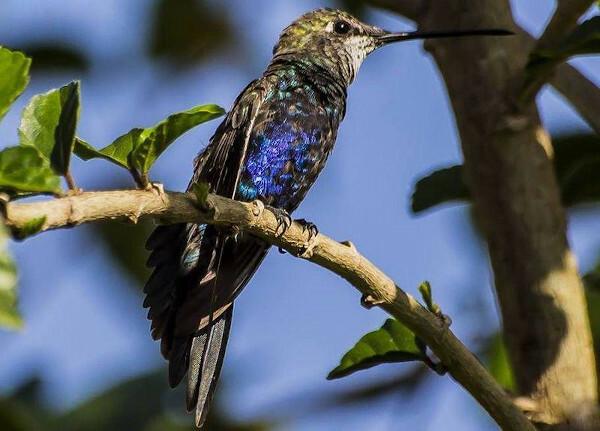You moais They are megaliths (large blocks of rough stone) built by the Rapa Nui Polynesian civilization, which developed on Easter Island. These megaliths are humanoid in shape and were built from volcanic rock. Most of them were built horizontally, then lifted and taken to the location where they would remain.
Historians are uncertain about the purpose of the construction of these megaliths, but it is currently accepted that they were built to honor deified ancestors. There are around 1000 moai on Easter Island and they were probably built between the years 1400 and 1650. Many mysteries surround their construction.
Read too: Incas — civilization that established itself in the region of present-day Peru
Summary about moais
Moai are megaliths that were built by the Rapa Nui civilization.
These megaliths are humanoid in shape and were scattered across Easter Island.
There are around 1000 moais currently, and the heaviest of them weighs around 75 tons.
Historians do not know how the moai were transported by island.
It is believed that they were built as a tribute to deified ancestors.
Do you know what moai are?
The moai are megalithic constructions made with rocks volcanic by Rapa Nui, a Polynesian civilization that developed on Easter Island. Moai are the great symbol of the Rapa Nui civilization, which inhabited this island located in the middle of the Ocean Pacific and one of the most isolated places in the world.
The statues have humanoid shapes, with a face and a torso, and many of them were positioned on top of rectangular bases, called ahu.
The moai were spread across different parts of Easter Island, and currently there are around 1000 moai and many others that remained unfinished. The tallest moai is around 10 meters high and the heaviest weighs approximately 75 tons.
The most accepted hypothesis by historians currently points out that the moai were built between the years 1400 and 1650.
Function of moai
The purpose of these megalithic constructions is one of the themes that historians have focused on since Easter Island became known worldwide and a concrete answer has not yet been reached.
The most accepted theory currently points out that moai were constructions that intended to honor ancestors, deified after their passing, and ensure that they took care of those who were alive.
Some moai even have an adornment resembling a hat, which is called a pukao, and it is speculated that this adornment was dedicated to the moais that represented extremely important people for the Rapa Nui. O pukao It was made from a reddish volcanic stone that was taken from a quarry in volcano Puna Pau.
Another theory suggests that the moai were built to be guardians of the island and, therefore, they were strategically positioned in coastal regions. Finally, there is also a theory that points out that the Rapa Nui built moai as a way of ensuring that their ground remained fertile.
See too:Aztecs — civilization that established itself in the Valley of Mexico
How did the Rapa Nui build moai?
About 95% of the moai made by the Rapa Nui were built in a quarry located on the Rano Raraku volcano. The moais were normally built horizontally and, when they were ready, they were separated from the quarry, erected and transported to the place where they would be fixed.
The Rapa Nui were able to transport the moai a significant distance from the site of their construction. Historians have developed a number of theories to explain how this was possible, but none of them are conclusive.
What we actually know is that you Frogshovel Nui used a network of roads in the interior of the island to make that locomotion. Another known information is that they used a tool similar to a chisel and made of hawaiite, a very resistant volcanic rock found on Easter Island.
Who were the Rapa Nui?
The Rapa Nui civilization developed on Easter Island, when Polynesian groups settled on the island. This civilization is believed to have developed around the year 1200, but other theories point out that the arrival of these Polynesian populations could have happened between 300 and 400 or between 700 and 800.
Historians believe that the group of Polynesians who moved to Easter Island left the Marquesas Islands and moved to Easter Island. They were supposedly led by a chief called Hotu Matu’a and reportedly abandoned the Marquesas Islands because of a bout of food poisoning.
This theory is based on the numerous cultural and linguistic similarities between the Polynesians of the two islands. The Rapa Nui would have managed to survive by extracting the most from resources of Easter Island, but this would also have led these people to extinction.
The most accepted theory points out that the decadence from them began with the depletion of resources on Easter Island. This would have led to a lack of food, for example, and caused wars between different tribes. The population decline was significant from the second half of the 17th century and, when Europeans arrived on the island in the 18th century, the Rapa Nui were in an advanced state of decline.


